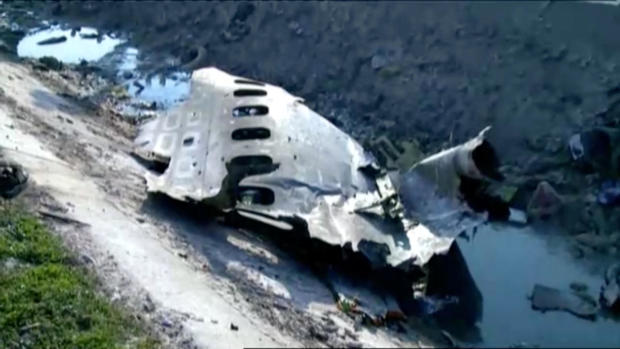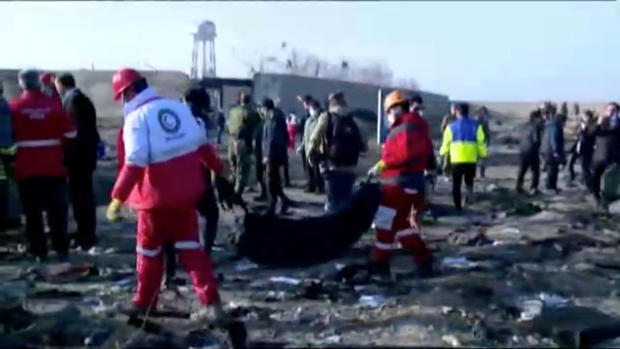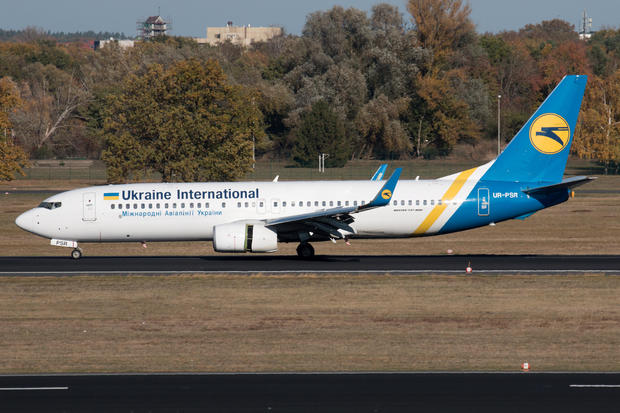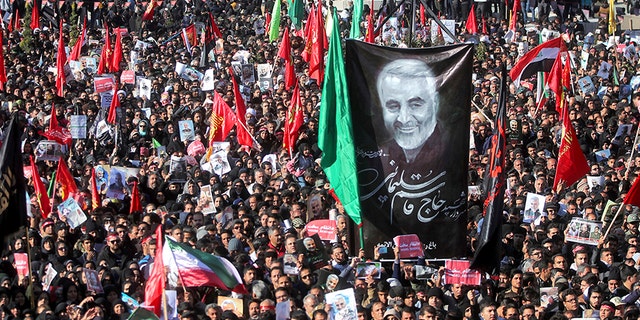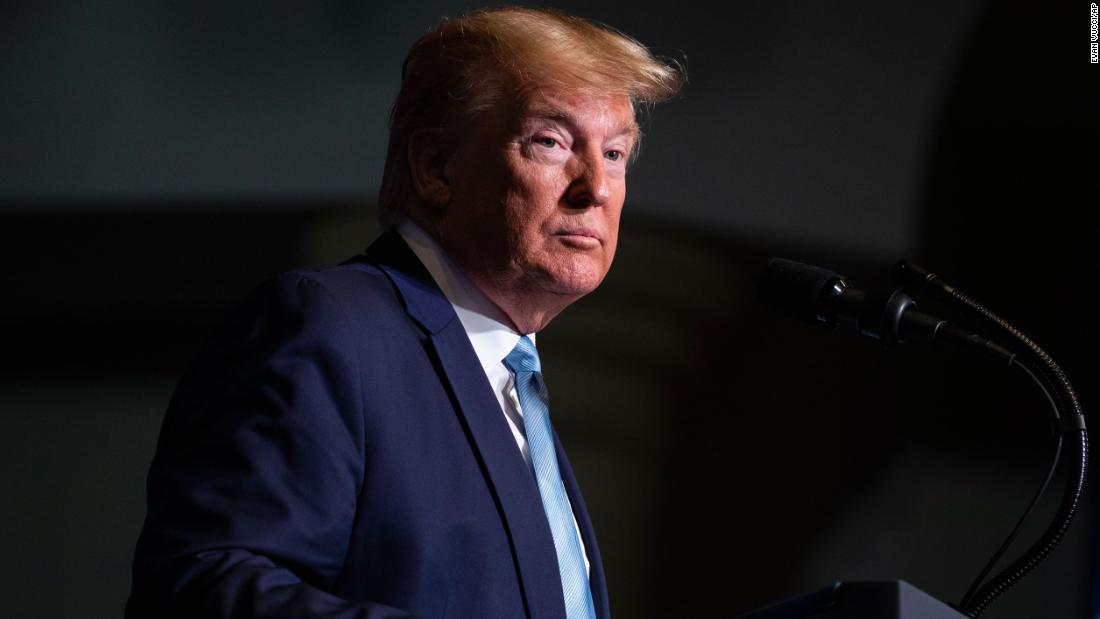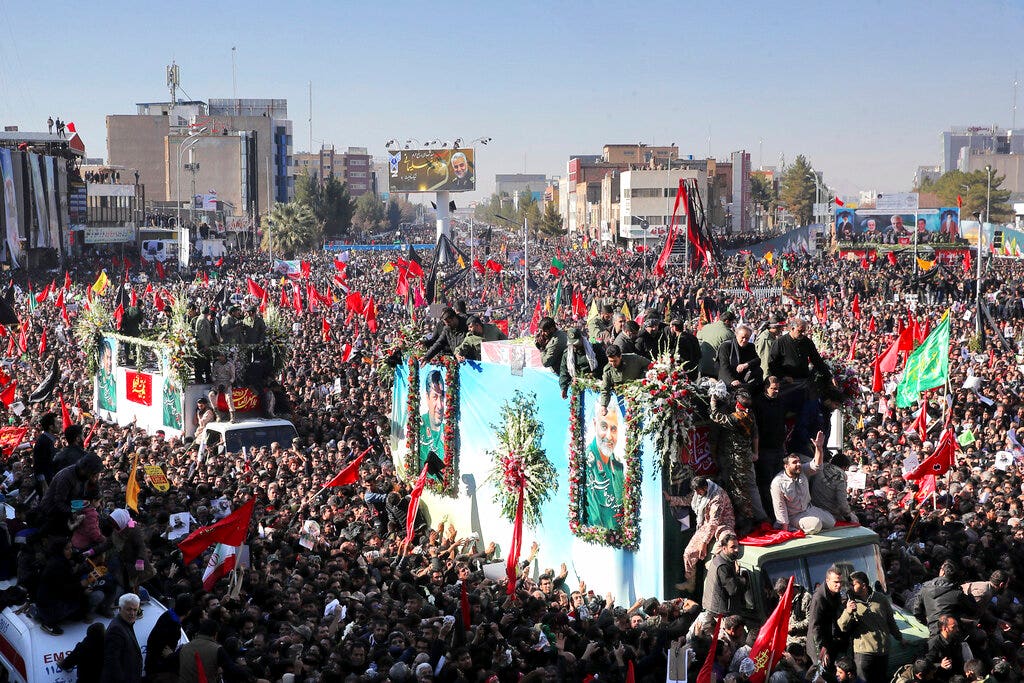Shahedshahr, Iran — A Ukrainian passenger jet carrying 176 people crashed Wednesday just minutes after taking off from the Iranian capital's main airport, killing all on board. It turned farmland on Tehran's outskirts into fields of flaming debris.
The crash of the Ukraine International Airlines aircraft came hours after Iran launched a ballistic missile attack on Iraqi bases housing U.S. troops, but both Ukrainian and Iranian officials said they suspected a mechanical issue brought down the Boeing 737-800.
Airline officials said most of the passengers were en route to the Ukrainian capital, Kyiv, transiting through there to other destinations.
Trending News
Staff at the Boryspil airport in Kyiv told CBS News passengers on that flight are usually Iranian students coming back to Ukraine after winter holidays.
The plane had 167 passengers and nine crew members from different nations. Ukraine's foreign minister, Vadym Prystaiko, said there were 82 Iranians, 63 Canadians and 11 Ukrainians on board — the Ukrainian nationals included two passengers and the nine crew. There were also 10 Swedish, four Afghan, three German and three British nationals.
Ukrainian President Volodymyr Zelenskiy extended his condolences to the families of the victims. His office said he had cut his visit to Oman short and was returning to Kyiv because of the crash. The country's Prime Minister, Oleksiy Honcharuk, confirmed the casualty toll.
"Our task is to establish the cause of the crash of the Boeing and provide all necessary help to the families of the victims," Ukraine's parliament speaker, Dmytro Razumkov, said in a Facebook statement.
Ukraine International Airlines said it had indefinitely suspended flights to Tehran in the wake of the crash.
"It was one of the best planes we had, with an amazing, reliable crew," Yevhen Dykhne, president of the Ukraine International Airlines, said at a briefing.
Zelenskiy ordered a sweeping inspection of all civil airplanes in the country, "no matter the conclusions about the crash in Iran."
The plane had been delayed from taking off from Imam Khomeini International Airport by almost an hour. It took off to the west, but never made it above 8,000 feet, according to data from the flight-tracking website FlightRadar24.
It remains unclear what happened. Qassem Biniaz, a spokesman for Iran's Road and Transportation Ministry, said it appeared one of its engines caught fire. The pilot then lost control of the plane, sending it crashing into the ground, Biniaz said, according to the state-run IRNA news agency.
Hassan Razaeifar, the head of air crash investigation committee, said it appeared the pilot couldn't communicate with air-traffic controllers in Tehran in the last moments of the flight. He didn't elaborate.
Citing initial information, the Ukrainian Embassy in Tehran said the plane had suffered engine failure and the crash wasn't caused by "terrorism," according to the Reuters news agency.
Reuters said Iranian TV reported that one of the plane's two "black boxes" was found.
Ukrainian authorities have offered to help with the investigation.
The plane, fully loaded with fuel for its 1,430 mile flight, slammed into farmland near the town of Shahedshahr. Videos taken immediately after the crash show blazes lighting up the darkened fields before dawn.
"The fire is so heavy that we cannot (do) any rescue. … We have 22 ambulances, four bus ambulances and a helicopter at the site," Reuters quoted Pirhossein Koulivand, head of Iran's emergency services, as telling Iranian state television.
Resident Din Mohammad Qassemi said he'd been watching the news about the Iranian ballistic missile attack on U.S. forces when he heard the crash.
"I heard a massive explosion and all the houses started to shake. There was fire everywhere," he told The Associated Press. "At first I thought (the Americans) have hit here with missiles and went in the basement as a shelter. After a while, I went out and saw a plane has crashed over there. Body parts were lying around everywhere."
The plane carried 167 passengers and nine crew members from different nations, Biniaz said. The crash took the lives of everyone on board, Iranian emergency officials and Ukraine's Foreign Ministry said.
AP journalists who reached the crash site saw a wide field of field of debris scattered across farmland, the dead laying among shattered pieces of the aircraft. Their possessions, including a child's cartoon-covered electric toothbrush and a stuffed animal, luggage and electronics, stretched everywhere.
Rescuers in masks shouted over the noise of hovering helicopters as they worked. They quickly realized there would be no survivors.
"The only thing that the pilot managed to do was steer the plane towards a soccer field near here instead of a residential area back there," witness Aref Geravand said. "It crashed near the field and in a water canal."
The Boeing 737-800 is a very common single-aisle, twin-engine jetliner used for short to medium-range flights. Thousands of the planes are used by airlines around the world.
Introduced in the late 1990s, it is an older model than the Boeing 737 MAX, which has been grounded for nearly 10 months following two deadly crashes. Boeing built the aircraft that crashed Wednesday in 2016 and it last underwent routine maintenance on Monday, Ukraine International Airlines said.
A number of 737-800 aircraft have been involved in deadly accidents over the years.
In March 2016, a Flydubai 737-800 from Dubai crashed while trying to land at Rostov-on-Don airport in Russia, killing 62 onboard. Another 737-800 flight from Dubai, operated by Air India Express, crashed in May 2010 while trying to land in Mangalore, India, killing more than 150 onboard.
Chicago-based Boeing Co. was "aware of the media reports out of Iran and we are gathering more information," spokesman Michael Friedman told the AP.
Boeing, like other airline manufacturers, typically assists in crash investigations. However, that effort in this case could be affected by the U.S. sanctions campaign in place on Iran since President Donald Trump unilaterally withdrew from Tehran's nuclear deal with world powers in May 2018.
Both Airbus and Boeing had been in line to sell billions of dollars of aircraft to Iran over the deal, which saw Tehran limit its enrichment of uranium in exchange for the lifting of economic sanctions. But Trump's decision halted the sales.
Under decades of international sanctions, Iran's commercial passenger aircraft fleet has aged, with air accidents occurring regularly for domestic carriers in recent years, resulting in hundreds of casualties.
https://news.google.com/__i/rss/rd/articles/CBMiYGh0dHBzOi8vd3d3LmNic25ld3MuY29tL25ld3MvdWtyYWluaWFuLWFpcmxpbmVyLWNyYXNoZXMtaXJhbi1raWxscy1hbGwtb25ib2FyZC10b2RheS0yMDIwLTAxLTA4L9IBZGh0dHBzOi8vd3d3LmNic25ld3MuY29tL2FtcC9uZXdzL3VrcmFpbmlhbi1haXJsaW5lci1jcmFzaGVzLWlyYW4ta2lsbHMtYWxsLW9uYm9hcmQtdG9kYXktMjAyMC0wMS0wOC8?oc=5
2020-01-08 09:36:00Z
52780544880119
